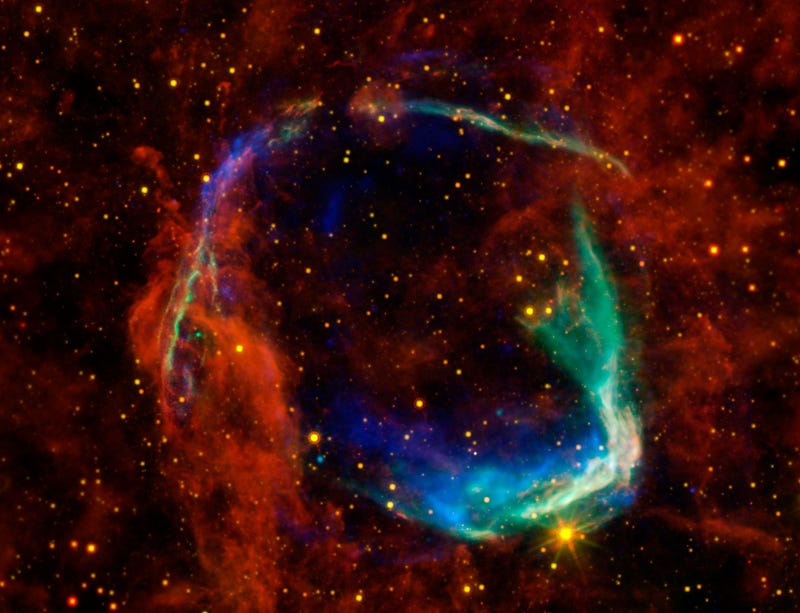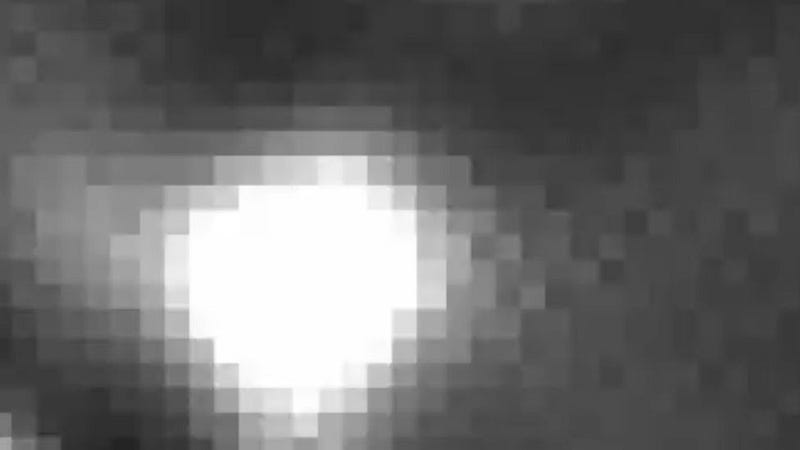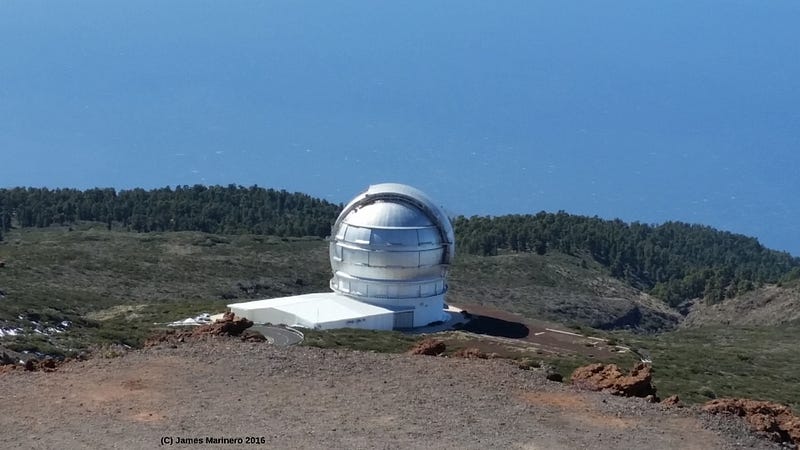The Unprecedented Cosmic Explosion: A Stellar Discovery
Written on
Chapter 1: The Discovery of AT2021LWX
Recent astronomical research has unveiled an extraordinary cosmic explosion, identified as AT2021LWX, located an astonishing 8 billion light-years from Earth. This event, which occurred approximately 6 billion years ago, is over ten times more luminous than any previously recorded supernova and has continued to shine brightly for more than three years.

This image showcases a composite view of RCW 86, the oldest documented supernova, utilizing data from four space telescopes. The supernova was observed by Chinese astronomers in 185 A.D. as a "guest star" in the night sky for eight months. The blue and green hues in the image represent X-ray emissions from interstellar gas heated to millions of degrees due to the shock wave from the supernova, captured by NASA’s Chandra X-ray Observatory and the European Space Agency’s XMM-Newton Observatory.
Section 1.1: The Event's Initial Detection
The groundbreaking discovery was spearheaded by researchers from Southampton University. They first spotted this unprecedented explosion in 2020 using the Zwicky Transient Facility in California, with subsequent observations by the Asteroid Terrestrial-impact Last Alert System (ATLAS) in Hawaii. These facilities automatically scan the night sky for transient objects, identifying changes in brightness that may signal cosmic occurrences like supernovae.

“We stumbled upon this while searching for supernovae,” stated Dr. Philip Wiseman, a Research Fellow at Southampton University and the study's lead. “Typically, supernovae and tidal disruption events fade away within a few months. Observing something that remained bright for over two years was clearly unusual.”
Subsection 1.1.1: Observational Techniques
The team utilized various telescopes to further examine the event, including the Neil Gehrels Swift Telescope (a collaborative effort among NASA, the UK, and Italy), the New Technology Telescope in Chile, and the Gran Telescopio Canarias in La Palma, Spain.

Chapter 2: Understanding the Cosmic Phenomenon
Last year, astronomers recorded another significant event: a gamma-ray burst known as GRB 221009A, tagged as the brightest ever seen. Although it outshone AT2021LWX, its duration was merely 12 days, suggesting that the energy released by AT2021LWX is far more substantial, given its ongoing brightness.
AT2021LWX: Know about the largest-ever cosmic explosion recorded by astronomers | Oneindia News - YouTube
The nature of AT2021LWX remains a topic of speculation among scientists. After being invisible for seven years prior to its discovery, the leading hypothesis is that the event resulted from a supermassive black hole accreting a massive molecular cloud, potentially weighing between 10^9 and 10^10 solar masses. This scenario represents a significant expansion of our understanding of black hole accretion processes.
Scientists Saw The Largest Explosion in Space And Now There's a Problem | Scary Barbie
Dr. Robert Massey, Deputy Executive Director of the Royal Astronomical Society, emphasized the uniqueness of this discovery, stating, “We’ve never encountered anything like this before, especially not at this magnitude. I would be surprised if this were the only occurrence of its kind in the universe.”
The ongoing investigations into AT2021LWX could lead to new insights about the universe's most intense phenomena and their underlying mechanisms.
